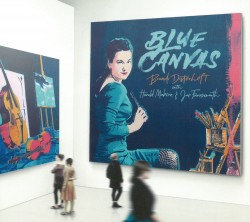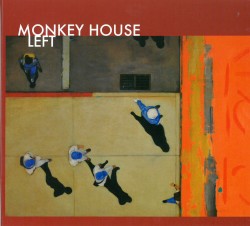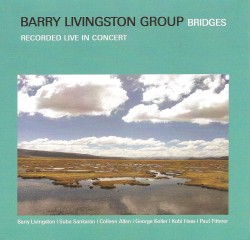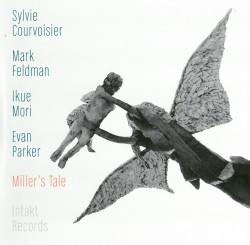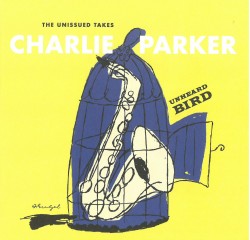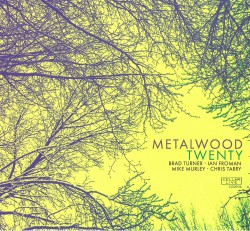Volare, The Italian American Songbook - Antonio Ciacca Quintet
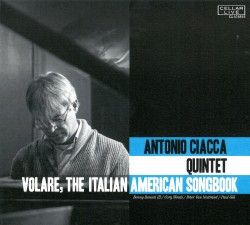 Volare, The Italian American Songbook
Volare, The Italian American Songbook
Antonio Ciacca Quintet
Cellar Live CL101815 (cellarlive.com)
This exceptionally performed, well-conceived, well-produced jazz project came about as a result of Vancouver-based tenorist, jazz entrepreneur and producer Corey Weeds and his inspired collaboration with Italian-American pianist/composer Antonio Ciacca and also with the Italian Cultural Centre of Vancouver. A successful partnership with the Centre led to a concert series and other jazz-centric Italian-Canadian events which segued into Weeds’ collaboration with Ciacca (who was keen to transplant his successful concept of the New York City-based “Italian Jazz Days” to Vancouver) and eventually, to the creation of this fine Cellar Live recording.
Ciacca is the only fully Italian member of the ensemble, with the balance of the musicians (excepting Weeds, who is an honourary Italian) having substantial Italian heritage. The gifted musicians on the CD include Paul Gill on bass, Peter Van Nostrand on drums, Weeds on tenor and Benny Banack III on trumpet and vocals. The repertoire is an energizing mix of original, compelling compositions by Ciacca (some of which are inspired by jazz giants, like Thad Jones), American Standards, contemporary jazz compositions and a treasured Italian favourite, Volare (Nel blu dipinto di blu) – authentically performed here with zest, swing and joy.
Of special note is Chick’s Tune by Chick Corea. A dynamic, intricate and full-throttle arrangement defines this stellar track. The musical communication flows like a good Chianti, and the soloing and ensemble work are confident, symbiotic and stirring. Other standouts include the lush and romantic, Stairway to the Stars, featuring a solid vocal by trumpeter Banack and a warm, mellifluous tenor solo by Weeds and also Ciacca’s hi-octane bop-burner, Scotty.


